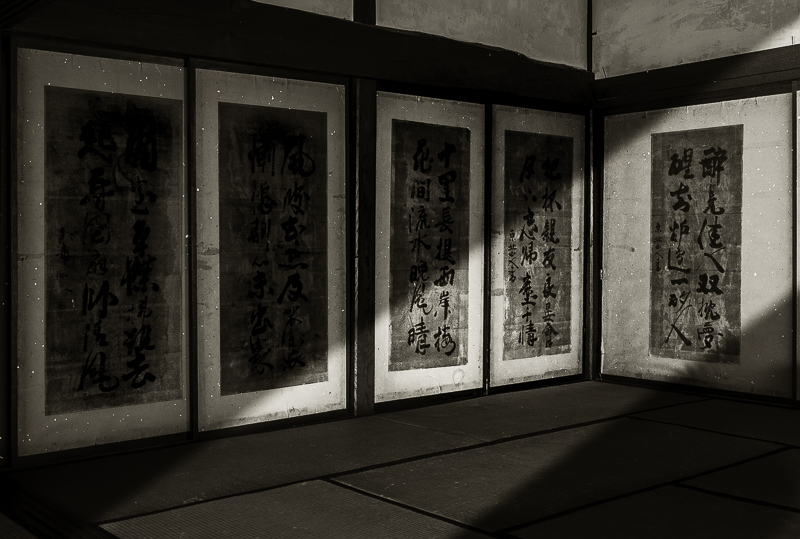Every Picture Is a Compromise
Lessons from the Also-rans
Most photography websites show the photographer's very best work. Wonderful. But that's not the full story of a creative life. If we want to learn, we'd better pay attention to the images that aren't "greatest hits" and see what lessons they have to offer. Every picture is a compromise — the sum of its parts, optical, technical, visual, emotional, and even cosmic – well, maybe not cosmic, but sometimes spiritual. Success on all fronts is rare. It's ok to learn from those that are not our best.
This is a series about my also-rans, some of which I've been able to improve at bit (i.e., "best effort"), none of which I would consider my best. With each there are lessons worth sharing, so I will.
Original digital captureOrchestrating the Light WeekBeyond tonal correction with dodging and burning, we can also manufacture light that never existed. Huntington Witherill refers to this as "orchestrating the light." It might also be "creating shadows." I've used this idea on more than a few images where helping nature's somewhat bland light can liven up an image considerably. The trick is to make it believable — which I'm hoping I did in these examples. What I saw that I liked:Deep in rural northern Japan, I found this room with these wonderful examples of calligraphy. What I don't like in the picture:Could the light be any flatter, more dull, or yuckier? What I learned:This was one of the images that first turned me on to orchestrating the light. Just manufacture some believable shadows and the image comes alive? I tried to imagine a source of windows letting in sunlight from off-camera right. No one has ever asked me if I manufactured these shadows, so they pass the test! |


